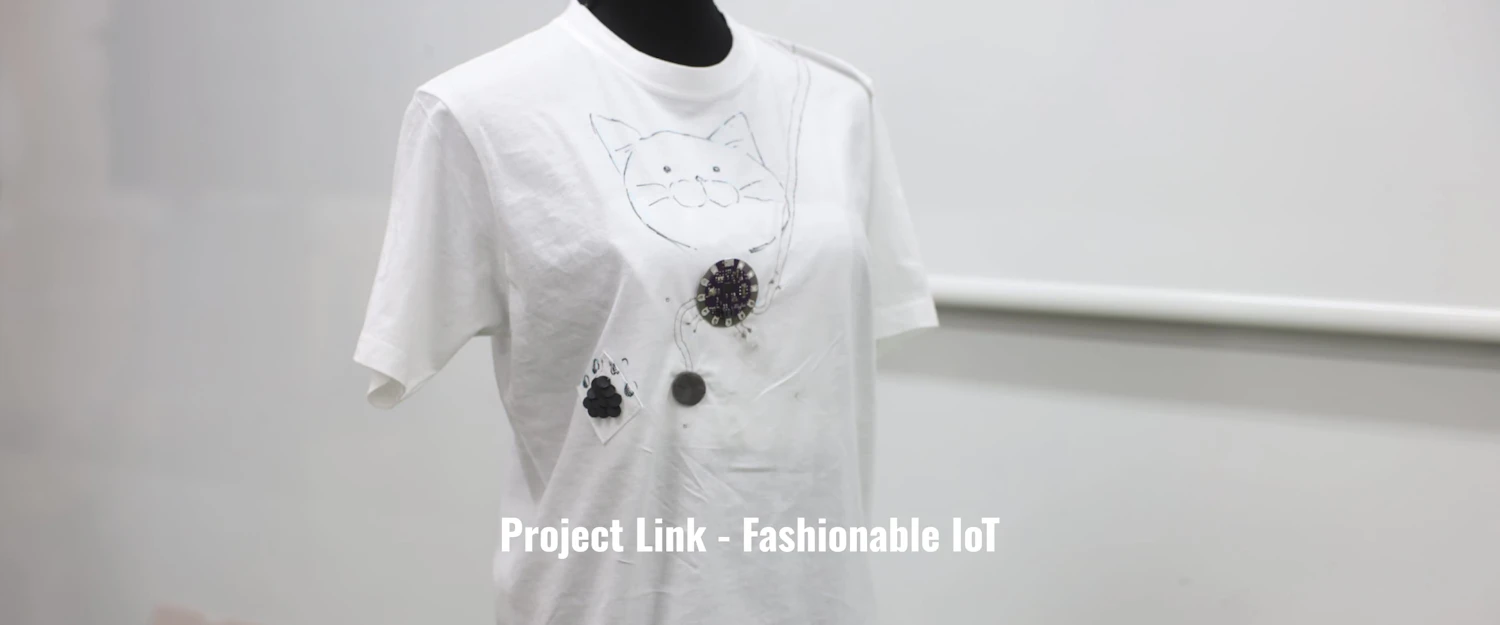
Project Link - Fashionable IoT
Products of smart wear embedded with various functions in clothing are emerging in the realm of fashion tech, proposed as health care monitors or media interfaces. These products, being close to the body and integrated into clothing, enable continuous monitoring of the body and do not require carrying new devices. However, they possess a challenge that you need to wear specific clothes to utilize their functionalities.
In this project, contemplating the future of fashion and smart wear, we aimed to imagine a world where designers and users can digitize their clothing. This was conducted as a joint research project with the Future Craft Lab led by Professor Junichi Yamaoka, an expert in interaction design from the Graduate School of Media Design at Keio University.
In this project, we targeted a development environment where various components used in fashion items (buttons, zippers, sequins, etc.) can be made into IoT nodes through devices and smart materials, and these nodes can easily connect and design functionalities. We aimed at a world where individuals and designers can easily prototype smartwear suitable for their use. As the first step, we worked on developing connection methods for commercial IoT devices, developing small sensor nodes that can be attached to clothing, and conducting workshops to explore its applications.
Initial Concept Illustration

- Design the behavior of IoT nodes on the app
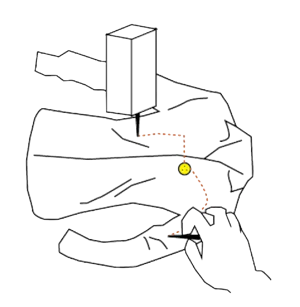
- IoT nodes can be easily attached and detached
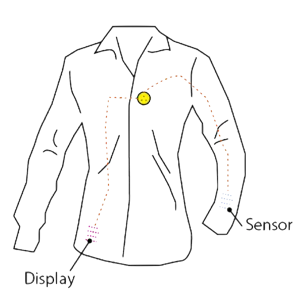
- Sold as an IoT product
Smartwear Design Workflow
We devised a workflow as shown in the figure below to create smartwear designs without specialized expertise. First, the designer selects the type and position of the IoT nodes they want to place on either generic illustrations or CAD tools. Next, based on the placement data of the IoT nodes, the software automatically designs wiring, which is then created on the clothing by a digital sewing machine.
By sewing conductive thread only on endpoints of this wiring, the IoT nodes are placed at intended locations.
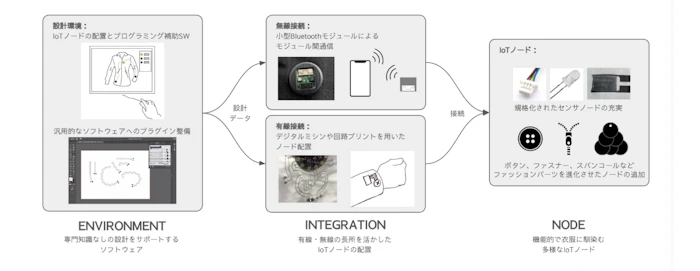
Workshop Implementation
We conducted a Workshop to create smartwear prototypes using the proposed method. Given the circumstances of the COVID-19 pandemic, the Workshop was conducted with members of Future Crafts as participants, organized into four teams. In about two and a half hours, we proceeded from concept creation to a simple demonstration.
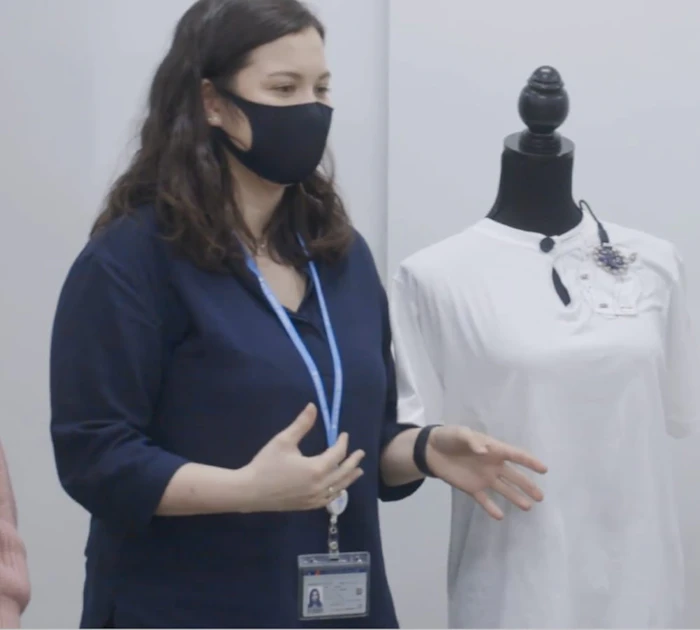

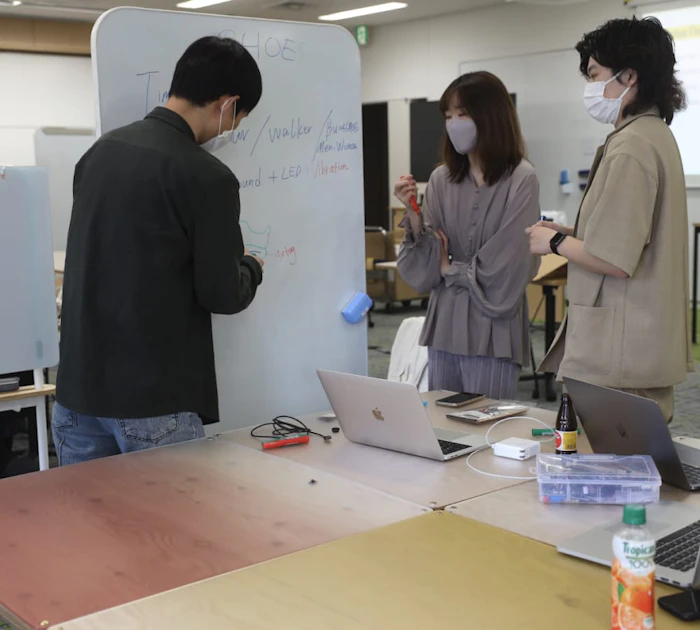
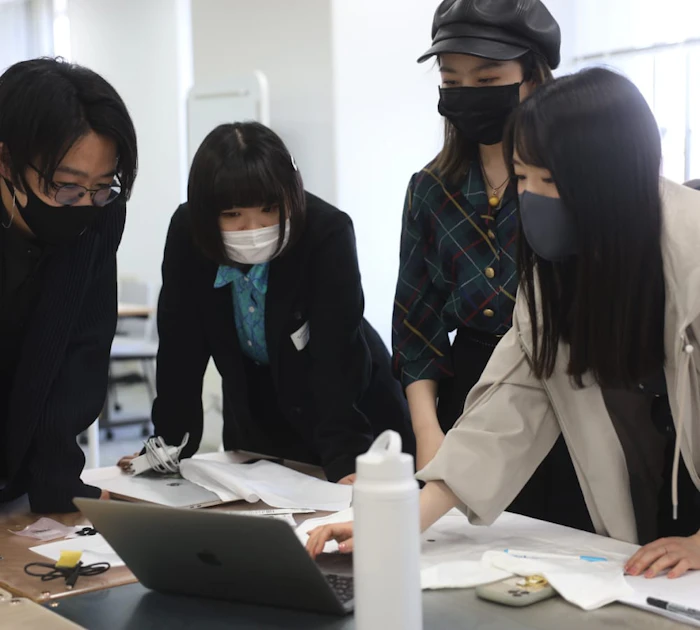
During the workshop, unique ideas from each team were presented, accompanied by the working prototypes. By actually trying out the prototypes, we were able to experience the fit and operability. In the post-workshop survey, it was remarked that various features could easily be combined on clothing using the proposed method, and ideas could be tested at a rapid pace. The insights from this project are planned to be utilized in future smart wear development processes. If you're interested in this content, please contact us at info-zozonext@zozo.com.